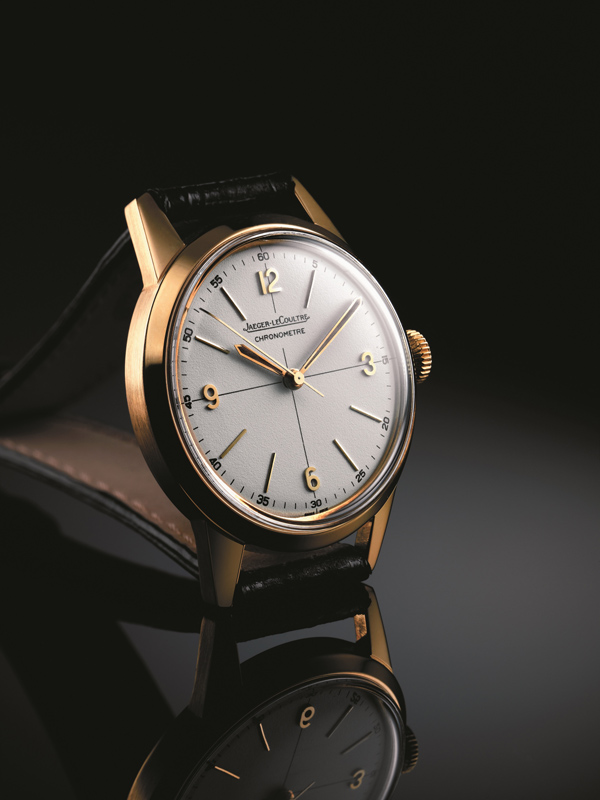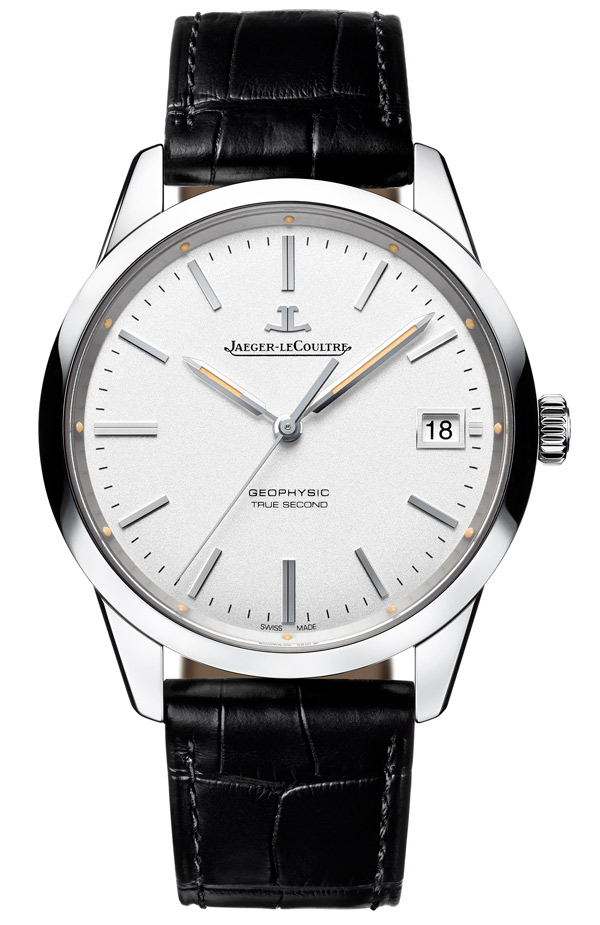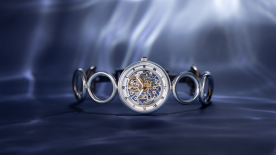In 1957 and 1958, the global scientific community joined forces to undertake an unprecedented year of thematic research. The International Geophysical Year was devoted to exploring our natural world. Unusually, given that this was at the height of the Cold War, the Eastern bloc was also involved. Jaeger-LeCoultre signalled its support for this event transcending physical and political boundaries with a dedicated watch. The diverse range of habitats and elements to be explored, and the specific demands of the researchers, demanded a specific approach. The watch was named simply the Geophysic. Unusually for its time, the watch was resistant to magnetic fields, a problem that can affect the accuracy of mechanical watches, which was invaluable for researchers working in observation posts in Antarctica, under the pack ice in the world’s first nuclear submarine, and in geomagnetic research laboratories. The Geophysic was also an extremely precise chronometer, designed to be synchronised to the nearest second. This function, baptised the stop-seconds, was vital for researchers to be able to coordinate their work. In 2014, Jaeger-LeCoultre reissued an almost identical version of the watch in a limited series of 800, under the name Geophysic 1958. This simple tool watch with its undisputed links to a prestigious past proved so successful that the Geophysic has now been given a new life.

The Geophysic 2.0 has dropped French in favour of an English name, and its chronometer and seconds synchronisation capabilities have been taken a step further. The Geophysic True Second is equipped with a deadbeat seconds. The watch, in steel or gold, is just as readable and elegant as its predecessor. Its calibre 770 differs from the brand’s other automatics in that its true second system is not a side-effect of the constant force winding mechanism. Instead, it is directly connected to the gear train via a whip that activates the central hand once every second. Another innovative feature of this movement is its Gyrolab balance wheel, created for the Master Compressor Extreme Lab 1 special series in 2007. This is the first time it has been deployed in a production watch. The balance is in the shape of two ship’s anchors, the head forming the shape of a J and L. It offers lower air resistance, as well as being a brand statement and a stamp of exclusivity.

To follow these two highly functional models, Jaeger-LeCoultre turned to a different theme. Rather than focusing on the watch’s status as a research tool, the company chose to highlight the concept of global exploration that was behind the original model. Thus, the Geophysic Universal Time was born. Starting with a 770 movement, the company added a universal hour module and a dial illustrated with a world map. Given that the Arctic was the nerve centre of the Geophysical Year, the map’s viewpoint is from the North Pole. The Geophysic Tourbillon Universal Time has even more features, borrowing the aesthetic of the Universal Time and adding a tourbillon. But not just any tourbillon. It’s an orbital flying tourbillon equipped with a Gyrolab balance wheel, a first for a rotating regulating organ. The centre of the dial and the tourbillon rotate around the central axis, where the hands originate. Some of Jaeger-LeCoultre’s astronomical watches already feature an orbital flying tourbillon. Here, the complication’s technical and aesthetic features are in keeping with those of the rest of this new collection.







